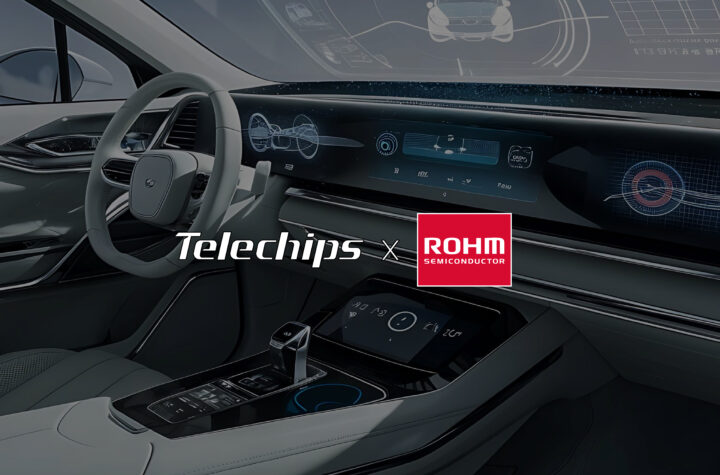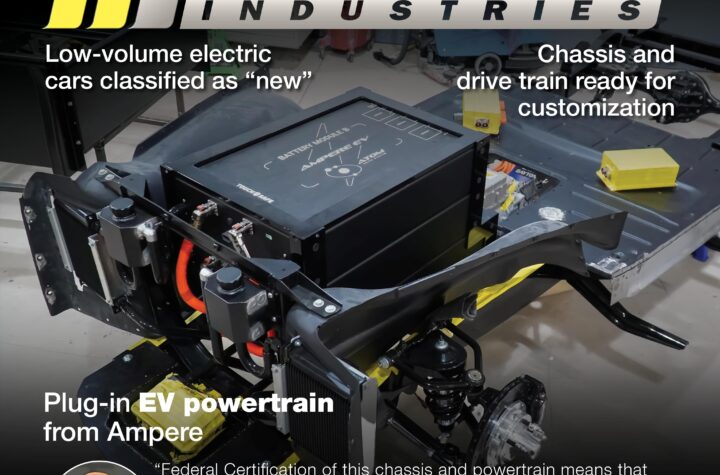
International research and consulting firm, Strategy Analytics, has completed an analysis of the way in which the mainstream GM and Renault-Nissan brands interact in the US market, in the light of the current negotiations between the two parties.
According to Ian Riches, director, Automotive Buyer Dynamics, “Our research clearly shows that in many ways the buyers for brands such as Chevrolet, Pontiac, Saturn and Nissan are very similar in their wants, needs and desires. Because of this similarity, understanding the ways in which they do differ will be very important should any merger proceed. One key way in which these auto buyers can be differentiated is in the way in which they specify and purchase new vehicle options, with some significant differences emerging.†Indeed, the research shows that the most common behavior for Saturn owners is what Strategy Analytics has termed “Techno Valueâ€. Techno-Value buyers have relatively low requirements for the vehicle-centric driving experience, but have a relatively strong – but budget constrained – interest in advanced vehicle electronics and entertainment systems for passengers. By way of contrast, those owning Pontiacs are far more likely to show “Frugal Transport†behavioral patterns.
Strategy Analytics, which was founded in 1968 by a member of Bell Labs, was earlier called Mackintosh Consultants. Strategy Analytics established its automotive practice in 1988. It provides clients with the necessary competitive market intelligence to develop product and marketing strategies for successful business development. According to the company website, demand forecasts and market insights are provided for electronic modules, semiconductor and sensor components in onboard control systems, as well as telematics and multimedia infotainment systems. In addition to vendor-focused research, the Automotive Practice also provides a unique and independent analysis of the ‘voice of the consumer’ for advanced automotive systems and technologies.
Some of the other recent reports Strategy Analytics released this year, include one titled
‘Automotive Semiconductor Demand Forecast 2004 – 2013′. The report predicts that the automotive semiconductor market will touch 18 billion dollars in 2006 and 29 billion dollars by 2013. “The vehicle OEMs will need to continually innovate in order to meet tightening emissions and safety legislation, and to respond to competitive pressure and changing consumer expectations. This is driving up demand in all semiconductor component areas,” said Chris Webber, VP – Automotive Practice at Strategy Analytics in the report.
Similarly, Strategy Analytics ‘China Automotive Infotainment Market’ report, predicts that domestic demand in China for in-vehicle entertainment and navigation systems will be worth 4 billion by 2013.
Strategy Analytics says that over the past 10 years, passenger vehicles have provided one of the most stable and sustained growth markets for electronics systems, semiconductor and sensor components. Leading vehicle makers acknowledge that electronics will continue to be key for them in their new product development plans in order to meet increasing consumer expectations, and future competitive, safety and environmental legislation pressures.
Strategy Analytics’ automotive practice has experts heading the business. Such as Chris Webber, who has over 20 years experience in technical, marketing and management roles specializing in providing analysis of business opportunity and market demand trends for electronic systems, semiconductors and sensors for automotive multimedia and communications service, telematics and entertainment applications.
Similarly, Ian Riches, director of the Automotive Practice, specializes in strategic analysis of automotive electronic systems, semiconductors and sensors on a worldwide basis . He has worked for the automotive electronics service since 1996, where his main area of responsibility has been producing the Annual System Demand Forecast, a comprehensive report detailing the global demand for over 60 automotive electronics systems. Riches has a wide knowledge of the automotive electronics industry gained both from his time at Strategy Analytics, as well as from working as assistant editor of Automotive Engineer, the UK magazine published by the IMechE.
Automotive Industries caught up with both of them and asked them about what OEMs need to do to keep up with what consumers want.
AI: As cars across various price brackets become more high-tech, how much premium will consumers be willing to pay for complicated in-vehicle computerized systems?
There is no standard, one-size-fits-all answer to this question. The more research that we do, the more the extraordinary richness and complexity of the automotive market becomes apparent. For example, extensive consumer research undertaken by our new Automotive Buyer Dynamics program has shown that whereas some identifiable consumer segments are willing to pay $1600 for Xenon headlamps, others will only open their wallets to the tune of $50 or so. Success for system manufacturers and automakers will therefore only come by sophisticated targeting of features, bundles and price points.
AI: How does the increase in infotainment and other computerized applications in vehicles drive up costs for manufacturers and are they able to pass these costs onto consumers? Will this trend last in the future?
Our forecasts currently show no end in sight for the growth in in-vehicle electronics, driven by the OEMs’ need to continually innovate in order to differentiate their products, in addition to meeting tightening legislation in safety and emissions.
Naturally, all this electronics has to be paid for, and there is a very real limit as to how much cost can be passed on to the consumer. The answer, as we are seeing in the industry, is to take as much cost out of every area of the vehicle as possible, by using innovative design, greater levels of integration, parts sourced from low-cost economies, and by establishing joint ventures and mergers to achieve greater economies of scale. At the electronics level, we’re seeing greater functional integration, right down to the semiconductor level, and standardization initiatives such as AUTOSAR.
AI: What opportunities do you see for location-based service for automotive manufacturers?
At present, we see this as a highly segmented, niche opportunity for customers which can make a compelling business case for adopting location-based services (LBS). For example, there are clearly current opportunities within areas such as fleet management.
Longer term, with the growth of satellite navigation, value-add services such as true real-time traffic information have the potential to become mass-market phenomena. However, the number of consumers willing to pay for such information tails off rapidly as costs rise. The auto industry has much to learn from cellphone network operators and cable/satellite TV providers in how to compile a range of compelling service “Bundles†to maximize revenues.
AI: In your joint experience, where does the consumer perceive value when buying a vehicle? And how can automotive manufacturers better understand the customer’s idea of what value means?
To return to an earlier point, there is again no standard answer to this question. For example, when I purchased my last vehicle I chose the lowest option package which enabled me to get the higher-horsepower engine. The fact that it included an electric sunroof and climate control was largely incidental: I perceived value in the horsepower. Talking to other owners shows that many made the same choice as me for the opposite reason, perceiving the main value in the electronic features rather than under the hood.
Getting to the bottom of complex decisions such as these is the reason that Strategy Analytics has started its Automotive Buyer Dynamics consumer research program. This has captured data from over 55,000 individual buying decisions in on on-line simulated shopping exercise, carried out in the US, UK, Germany and France. The result of this has been the development of a nine-segment model that describes the differing ways in which consumers specify and purchase new vehicle options. Only by really understanding the “voice of the customer†can automotive manufacturers gain insight into where consumers perceive value.
AI: Strategy Analytics has focused on consumer-based research apart from vendor-based studies. In your mind, what will future automobiles need to have to make them popular?
All of our research, both consumer and vendor focused, has shown the high interest in advanced safety features such as stability control, blindspot monitoring and lane departure warning. However, this interest does not necessarily translate into a high willingness to pay for these features. For example, the Automotive Buyer Dynamics data suggests that the average willingness to pay for a lane departure warning system is only around $250 – far below current market rates for such systems, and also below the willingness to pay for features such as advanced entertainment systems.
Vehicle makers need to respond more quickly to consumers’ expectations arising from their experience and ownership of devices and services in the wireless communications and digital entertainment environment. These are both areas that are researched extensively by Strategy Analytics, as the synergies with the automotive industry cannot be ignored.
The “popular†vehicle will thus have to offer a carefully selected balance of safety, entertainment and communications features that match up closely with the desires of its target audience. The package that works best for Mercedes will almost certainly thus be different from the one that works best for Chevrolet















More Stories
Southfield Classics utilizes Ampere EV engineering to become the first manufacturer to achieve Low Volume Vehicle Manufacturer Certification
How Diesel Pickups Are Outperforming Gas Trucks on Tough Jobs
Essential Steps To Help Your Vehicle Retain Value